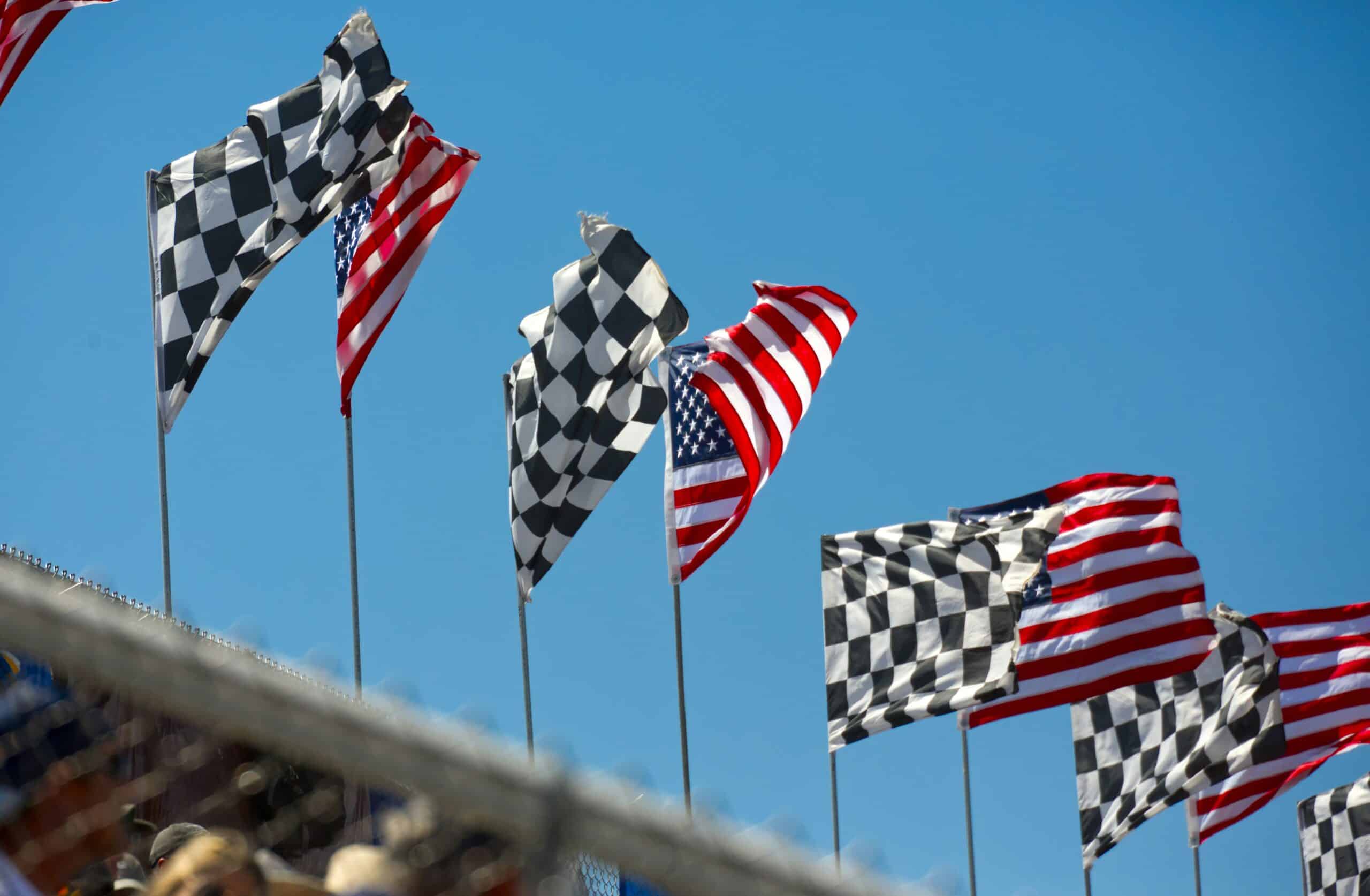How NASCAR and IndyCar Are Slowly Gaining Ground Across Europe
For decades, the European motorsport landscape has been dominated by Formula 1, rallying, endurance racing, and national touring car championships. But a quiet shift is taking place. American motorsport series, most notably NASCAR and IndyCar, are slowly but surely carving out a fanbase across Europe.
While they’ll never dethrone Formula 1 overnight, both series are beginning to resonate with European audiences for a mix of cultural, technological, and emotional reasons. Here’s a look at why NASCAR and IndyCar are on the rise across the continent.
1. More Accessible Than Ever Before
For years, following NASCAR or IndyCar in Europe required dedication. Broadcasts were hard to find, time zones were inconvenient, and coverage was minimal. That’s changing fast.
With streaming platforms like YouTube, Motorsport.tv, and international broadcasters like Eurosport and Sky Sports, fans in the UK, France, Germany, Spain, and beyond can now watch full races, highlights, and documentaries at their convenience. The growth of official apps and on-demand services has also removed many barriers that once kept these series distant and niche.
2. A Fresh Alternative to Formula 1
There’s growing appetite across Europe for motorsport that’s less scripted, less predictable, and more visceral. While Formula 1 has been criticised for dominance by a few teams and overly complex regulations, NASCAR and IndyCar offer:
• Closer competition: Both series have more technical parity, meaning more surprise winners and tighter championships.
• Bigger grids: With 30 to 40 cars racing wheel-to-wheel, the action is often chaotic in the best way possible.
• Different race formats: From short ovals and superspeedways in NASCAR to the mix of street, road, and oval tracks in IndyCar, the racing stays fresh.
Many European fans are discovering the thrill of three-wide battles at 320 km/h, last-lap passes, and bold strategy calls that swing race results in unexpected ways.
3. The Netflix Effect and Social Media Storytelling
In the post Drive to Survive era, fans don’t just want racing, they want stories. NASCAR and IndyCar have taken note, ramping up their behind-the-scenes content to capture international attention.
• NASCAR: Full Speed, the Netflix docuseries now in its second season, dives deep into the drama, rivalries, and personalities within the Cup Series. It’s slick, bingeable, and introduces viewers to the emotional stakes behind the wheel.
• IndyCar’s 100 Days to Indy offers a grounded, intimate perspective on the lead-up to the iconic Indianapolis 500. It humanises the drivers, captures the behind-the-scenes pressure, and gives fans a better understanding of the personal and professional dynamics that define the series.
These streaming shows give European audiences an entry point into American motorsport that’s personal, emotional, and easy to connect with—even if they’ve never watched a full race before. Combined with highlight reels, memes, and real-time updates on platforms like X, Instagram, and TikTok, both series are building younger, more global fanbases.
4. Competitive Formats: A New Dimension of Racing
What truly sets NASCAR and IndyCar apart from most European series is how the competition is structured.
• NASCAR brings a wholly unique racing experience to the table. The multi-stage race format, playoff system, full-course yellows, and constant restarts mean that even races over 400 miles can come down to a final-lap shootout. It’s more than just speed, it’s strategy, survival, and adaptability. The margin for error is slim, and chaos is always just around the corner.
• IndyCar thrives on its spec-based formula, where teams use the same chassis, similar engines, and limited aero development. That levels the playing field significantly, resulting in tighter grids, more lead changes, and genuine chances for underdog victories. Unlike in many European series where budgets dictate pace, in IndyCar, talent and teamwork often make the decisive difference.
This focus on parity and unpredictability gives both series a level of week-to-week suspense that European fans are increasingly drawn to.
5. Cross-Pollination of Drivers, Teams, and Fanbases
European interest often spikes when familiar names or brands enter the American motorsport scene. Over the past few years, a growing number of drivers, teams, and marketing efforts have blurred the line between American and European racing spheres.
• Romain Grosjean, a well-known former F1 driver, brought significant European attention during his time in IndyCar and helped bridge the gap for many fans discovering the series. Though no longer in the paddock, his influence opened doors for broader interest.
• Marcus Ericsson, also from F1, made headlines by winning the Indy 500 in 2022 and becoming a consistent front-runner in the series.
• On the NASCAR side, cameos by Kimi Räikkönen, Jenson Button, and Shane van Gisbergen have added global star power and legitimacy, drawing fans who may not have otherwise tuned in.
More significantly, teams are starting to make the transatlantic connection more intentional. McLaren is leading the way, pairing its F1 presence with a growing footprint in IndyCar. With drivers like Pato O’Ward and Alexander Rossi in IndyCar and a dynamic F1 lineup featuring Lando Norris and Oscar Piastri, McLaren uses its social media to cleverly blend the two worlds. Their content often features drivers interacting across series, building a sense of shared identity that resonates with a digitally native audience.
At the same time, young and charismatic drivers are helping bring in fresh eyes. In both NASCAR and IndyCar, a new generation of talent is changing the narrative. Drivers like Sting Ray Robb, David Malukas, and Pato are attracting younger fans who crave authenticity, bold personalities, and relatable off-track content.
This cross-pollination not only boosts interest but also makes these series feel more accessible to European audiences. As the borders between racing cultures continue to dissolve, more fans are becoming comfortable and excited, following both sides of the Atlantic.
6. European Presence and Expansion Plans
It’s not just fans paying attention. NASCAR and IndyCar are eyeing Europe directly.
• The NASCAR Whelen Euro Series, an officially sanctioned European stock car championship, has been racing on circuits in Italy, Germany, Spain, Belgium, and the UK for over a decade. With American V8s, door-to-door racing, and open paddocks, it’s bringing authentic stock car racing to European soil and creating grassroots excitement.
• IndyCar has floated the idea of international expansion, with speculation about potential European races in the coming years. While nothing’s confirmed yet, the growing overseas interest gives the idea more momentum than ever.
Europe may have once seen American motorsport as a niche curiosity, but that is clearly changing. From roadside fans in Italy cheering on stock cars to French viewers following IndyCar highlights on their phones, the audience is building.
Final Thoughts
NASCAR and IndyCar won’t overtake Formula 1 anytime soon. But they don’t need to. What’s happening across Europe is a broadening of motorsport tastes—a recognition that great racing comes in many forms, on many continents.
As access improves, competitiveness shines, and compelling human stories continue to break through the noise, expect NASCAR and IndyCar to keep gaining traction, not just in the UK, but from Barcelona to Berlin, Monza to Marseille.
They’re not just American spectacles anymore. They’re global, and Europe is watching.
If you’re looking for new roles in motorsport or need support hiring top talent in the industry, contact jake@akkar.com.






